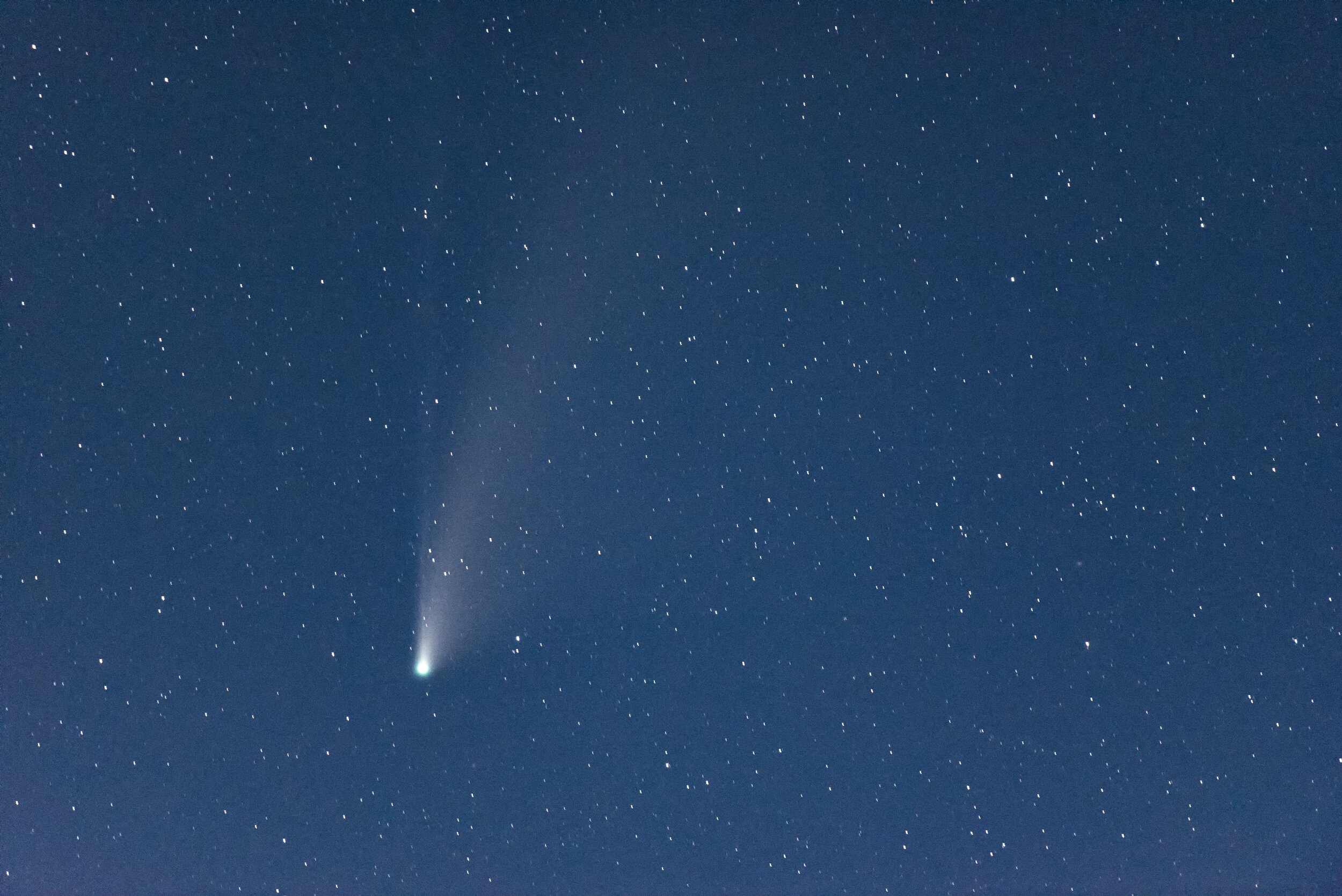
A Story of the Planet Venus
Looking For The Planet Venus Prior to 1200 BC
by John M. Collins Sarnia, Ont., Canada 2021
Checking Out the People
In the preceding portion of this book, the author has focused on the physical portion of the Venus Comet's effect on the Earth in the period 13,000 BCE to 1200 BCE. He recognises that we are a planet of people and that our forebears somehow survived these millennia of destruction. They coped with these once-in-a-person's-lifetime damages inflicted on the planet and its people. The degree of damage on any one visit varied from nil to absolutely catastrophic! Evidence of actual physical contact made by the body of the Venus Comet has not been found. Such damage as did occur, was caused by gravitational effects, wind and water effects, possible electrical and magnetic effects, and fire. Add to this, the pummelling by the debris carried in the massive comet portion when it enveloped our planet frequently.
For details on specific locales and dates in that 11,000 to 1200 BCE period, the reader is directed to Appendix 1 - Dates of Temperature Drops in Greenland Ice Data and Noted Mentions of Destructions
I have been surprised by the amount of physical evidence identifying damaged areas of our globe. In the above tabulation in Appendix 1, the reader must remember that the information is restricted to those locations on our globe where evidence has been looked for and has been found.(1) Additional locations likely remain as yet undiscovered or not recognised.
The author has included dateable ruins that were discovered, writings that can be under-stood, and details on thriving civilisations that ended suddenly. The dates were matched to those of sharp downturns in ice-freezing temperatures (in bold) read from the Greenland Ice Data. He interpreted the sharp downturn as indicative of something having suddenly cooled the surface of the ice. A passing by the Venus Comet trailing its large dusty Comet "train", is thought of as the cause. The severity of the event was judged by the steepness of the falling temperature curve in degrees, and its duration in years.
Plain text is used when no temperature drop has been noted relative to the event listed. He recognised that not all Venus Comet passes by the Earth resulted in an interaction or a passage through the "comet portion". The information has been arranged in date sequence.
Of interest, is the observation that most of these items involving the Venus Comet, that the author has found, are located in a band of 50°N- 40°S latitude. Areas outside those bounds seem to have fewer events that have a match with the ice data has been found. The difference may lie in much more archeological work having been done in the northern climes. Other areas are more difficult to explore, and datable material, particularly in hotter and wetter climates, much less likely to have survived the millennia.
(1) “Wikipedia - List of Neolithic Cultures of China” noted 2018-03-01